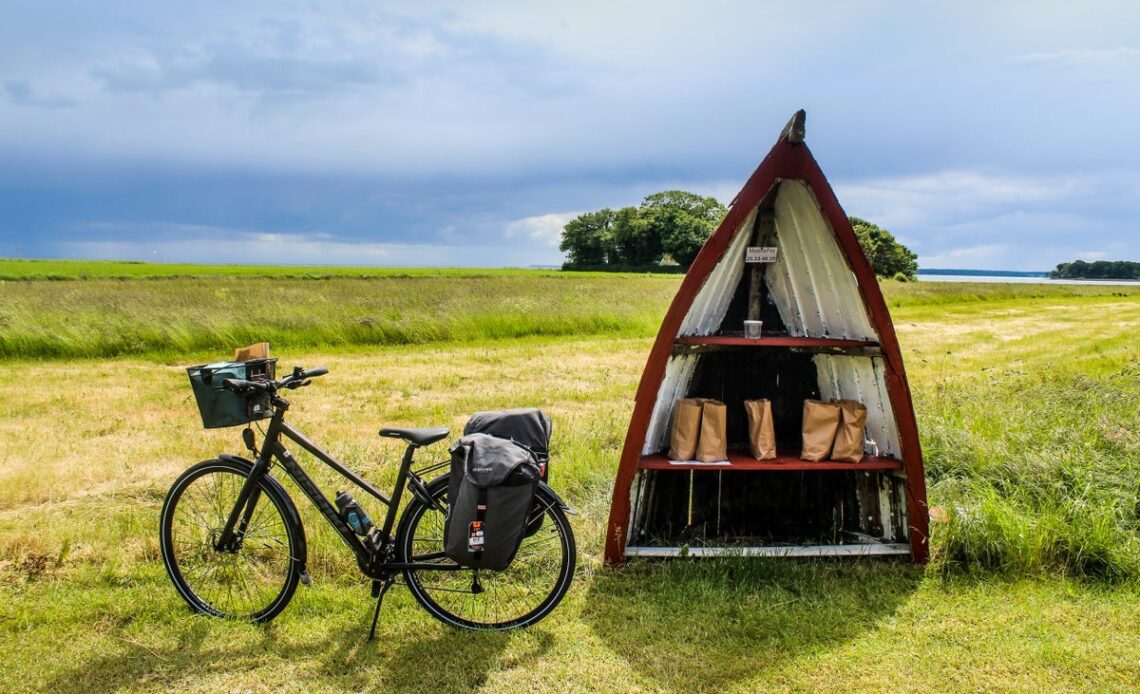A rustle, a flash of white, and it was gone. First to the left of us and then again on the right. Our bikes came to a gentle stop and we paused to watch dozens more seemingly-choreographed movements.
The narrow path that stretched out before us led to a small, secluded beach. But to reach the shingle shore we first had to navigate a herd of wild rabbits; each of the creatures paused momentarily before darting into the undergrowth with a flick of white tail. Before long, the path cleared and we were back on our way.
We suddenly understood why Endelave, one of several islands we were visiting on a two-wheeled tour of the Kystlandet (Coastal Land), part of Denmark’s Jutland, is often referred to as “Rabbit Island”. There are many, many more of them here than there are people – totalling up to 15,000, they outnumber the 155 or so human inhabitants by almost 100 to one.
Jørgensens Hotel in the centre of Horsens
(Visit Denmark)
But we weren’t just here to see these long-eared critters. Located on the eastern coast of central Jutland, a peninsula forming the continental portion of Denmark, Kystlandet is made up of idyllic harbour towns, an archipelago of pastoral islets and unspoilt coastlines. With villages rooted in their Viking past and bicycle paths that meander from bison farms to deserted beaches perfect for a midsummer swim, a trip to Kystlandet promised a blissful few days of island hopping – the Danish way.
To reach this charmingly sedate corner of Scandinavia, we decided to embrace the concept of slow travel and take the train. Whooshing through the French, Belgian, German and finally Danish countryside at speeds of up to 300 km/h, however, felt anything but slow. While it took us around 30 hours to journey from London to the town of Horsens, Kystlandet’s main urban centre, stops in Brussels, Cologne and Hamburg made the journey an integral part of the trip. And the trains, with their well-stocked dining cars, sweeping views and speedy WiFi, simply added to the fun.
Sitting at the head of Horsens Fjord, the city of the same name has a roughly 1,000-year-long history, and was the birthplace of Vitus Bering, who discovered the Bering Strait in 1728. Its recent reputation had been unfairly overshadowed by a state prison (closed in 2006 and turned into a fascinating museum), but Horsens is now reclaiming its reputation as an industrial yet pretty town full of history and culture.
Café Alrø’s famous tartlet
(Visit Denmark)
Our first…
Click Here to Read the Full Original Article at The Independent Travel…
